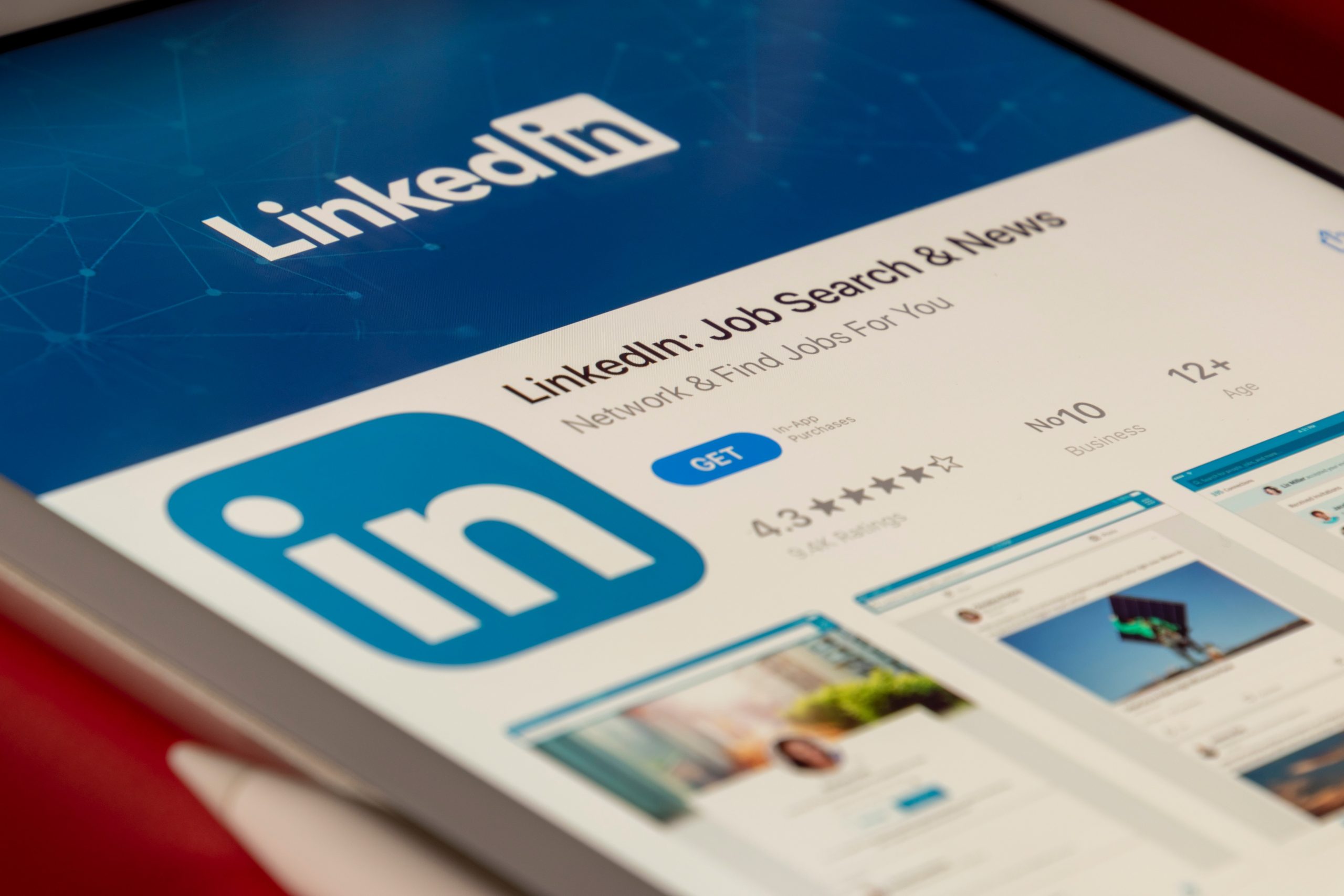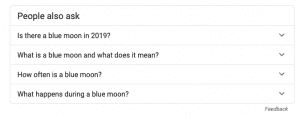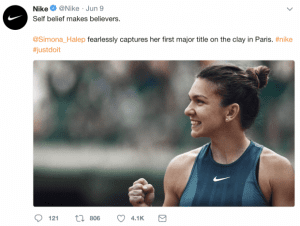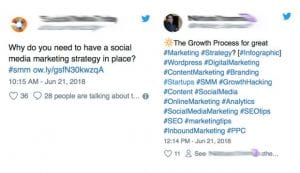Digital Marketing is our new normal. Technology is improving, bandwidth is expanding, and devices are advancing. This impacts video, augmented reality, virtual reality, and artificial intelligence. But consumers are also getting savvier. They want real content, real interactions, and personalization. So, let’s break down some 2020 digital marketing trends.
Augmented Reality
Augmented Reality is not new, but it’s mostly been a novelty. We are seeing it start to take hold in significant ways. Basically, Augmented Reality takes a real-world environment and adds a digital input to it.
Fun examples include Instagram filters, Pokemon Go, Warby Parker’s app that lets you “try on” glasses frames, and IKEA’s app that lets you virtually “place” 3D models of furniture into your space. But AR is also changing the way we interact with it in applications for classrooms, healthcare, and car navigation systems.
From a marketing perspective, we see huge potential for AR to allow consumers to experience products, or brand personalities, before they purchase. Innovative applications include Trade Shows, Direct Mail, Brochures, Training Materials, Posters, Sell Sheets, Newsletters, Menus, and even business cards. See how 19 Crimes Wine has used AR in its wine labels.
Interactive Content
Interactive Content bridges that gap between consumer and company. It works by delivering a positive customer experience, building a bond with your brand, and providing a valuable return for both parties. Interactive Content also has the advantage of being different, so it cuts through the noise of the digital space. The best examples include surveys, polls, quizzes, calculators, and AR overlays. Humans have a great desire to “be heard” and these interactions are a great way to tap into that basic human need and listen to your audience.
Another important aspect of Interactive Content is utilizing User-Generated Content (UGC). People trust UGC because it is native content coming from real people. “If it makes them happy, it will make me happy, too.”
Personalization
It’s a fine line between data privacy and personalization. Consumers have less trust in brands when it comes to data privacy but are still more likely to give companies data in exchange for the personalized services and products they are interested in. The trend is toward people not wanting to be sold to—they want to discover products and services in a way that they choose.
From a marketing perspective, social media e-commerce and in-app checkout are trending high for 2020. We’ve also seen huge shifts in marketers’ ability to target consumers via social media platforms, and look-alike lists. So, it’s all about building trust, and creating appreciated personalized experiences that speak to your consumers.
Voice Search
With the meteoric rise of the Internet of Things (IoT), Siri and Alexa can quickly answer a consumer’s question that Google used to drive clicks to your site to be answered. The way we speak and the way we write are inherently different. If we want our content to be found by voice search, we need to communicate that way. Pairing voice with visuals and programmatic ad buying is the next content strategy.
Position Zero
Position zero is the information Google offers at the very top of the search results. Position zero is also called the featured snippet because it features a snippet of content that directly answers a search query. How to achieve Position Zero? —provide great content that is useful. Concentrate on an evergreen (non-changing) topic, go in-depth, and explain the subject thoroughly without assuming prior knowledge. Use Latent Semantic Indexing (we wrote about this topic recently), create a great snippet, and make sure all your SEO best practices are in place with page titles, meta descriptions, focused keywords, H-tags, alt-tags on images, and internal links.
Video
“Live” video options are available via Facebook, LinkedIn, Instagram, TikTok, Youtube, and a host of apps such as Periscope and Livestream. Although the immediate thought runs to the expense of high-production-value video content, the reality is that SmartPhones are capable of producing great videos. In essence, you want to build a community. To do that people generally want “realness” not slick, overly produced hype. Just keep it real and keep it relevant.
All of these tools and strategies overlap and interweave to tell your brand story and product benefits. Contact Toolbox Studios and we’ll help you navigate these new and exciting digital marketing opportunities.

















